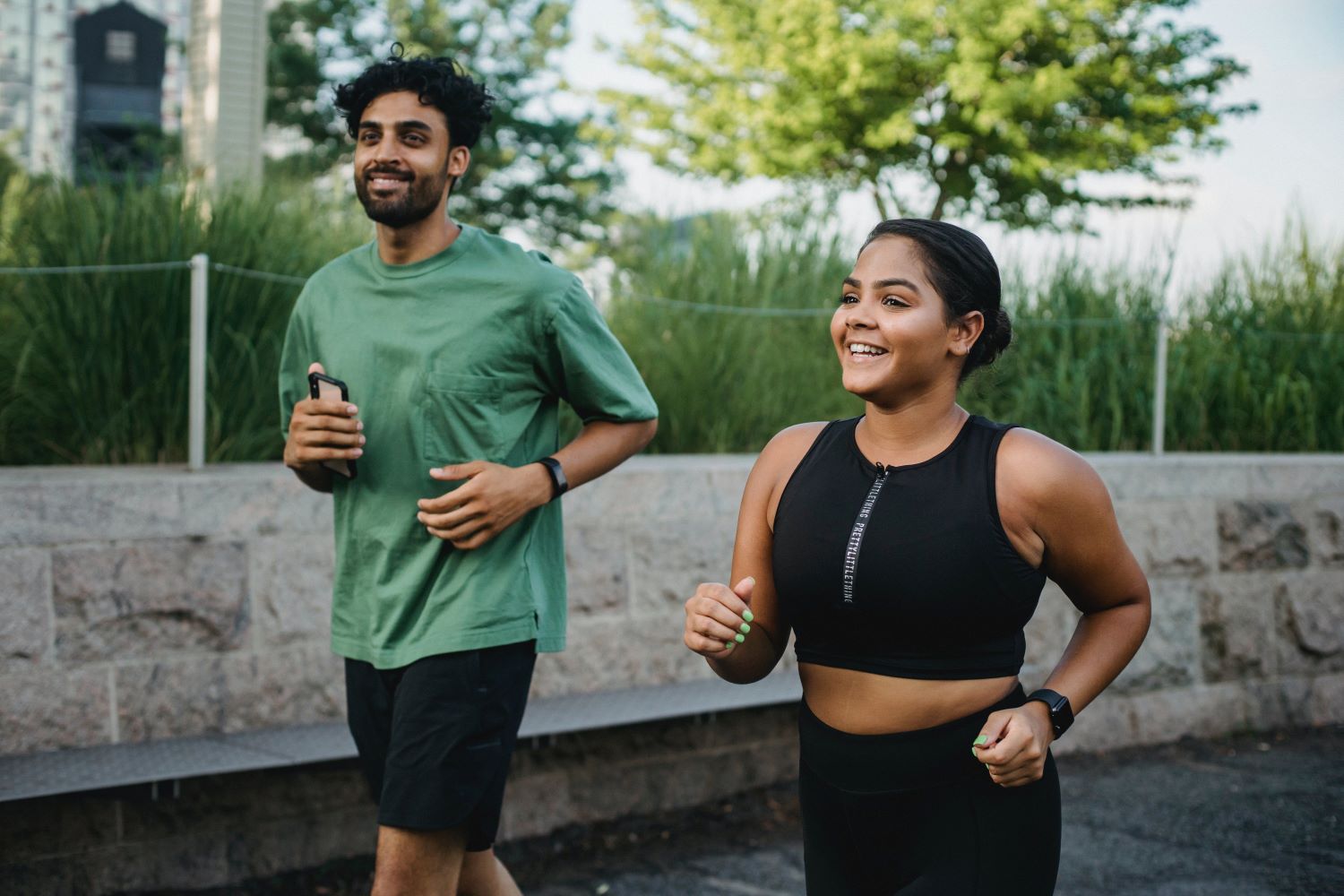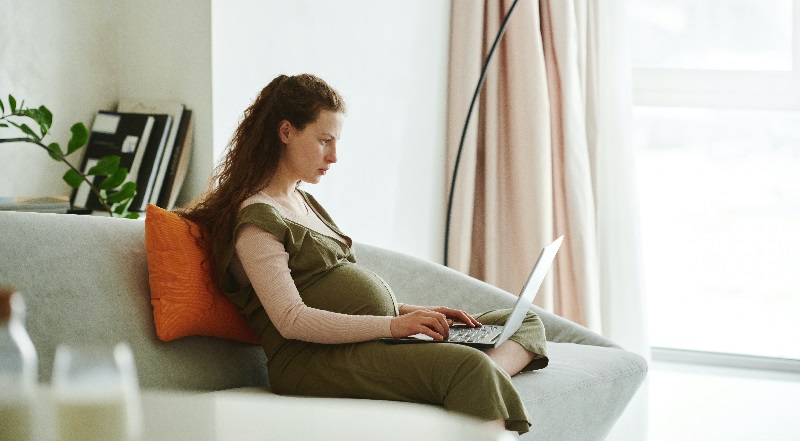Opinion | Thursday, 24th June 2021
EURO 2020: How does anxiety affect footballers when taking penalties?
Dr Greg Wood explains how anxiety impairs aiming behaviour and performance when taking penalties

By Dr Greg Wood, Senior Lecturer in Sport and Exercise Psychology explains how anxiety can affect the performance of a player by changing their visual focus.
PODCAST: MetCast Episode 28 - Euro 2020: How does anxiety affect players when taking penalties?
When we consider that the England national team has around a 30% success rate in penalty shootouts this tells us that penalty success is not simply down to chance – if that were the case we would be seeing a 50% success rate.
It is clear that the impact on a player’s performance can be put down to the pressure they are under and the anxiety they feel.
Not only have they gone from playing as member of a team to suddenly facing all of the pressure as an individual, but there is also an element of a self-fulfilling prophecy and the fact that we know players generally do not perform as well in penalty shootouts.
But, what people don’t realise is that it is actually a player’s response to that anxiety that has an impact on their performance, and their response is through a change in attention.
When an individual becomes anxious about something,they turn their visual attention to the very thing making them feel that anxiety – so they will look at it. This is a defence mechanism we adopt as humans when we believe we are under threat.
All people do this. For example, if an individual is scared of spiders, and there is a spider in the room, they will find themselves constantly distracted by the spider, which they believe is a threat.
Football players do the same when taking penalties. Generally speaking, in this situation they will often find themselves looking at the goalkeeper, as they pose the threat to them as they threaten to save the goal.
We know this from our own studies where we have put players in both low and high-pressure situations and then looked at what changed when they were anxious. Even with comparatively small levels of anxiety, we still saw this visual behaviour change.
This is problematic in football as, like many other sports, it’s vital that a player looks in the direction of their target in order to hit it.
But, if they are anxious and looking in the direction of the goalkeeper as a response to that anxiety, it’s more likely the ball will land off target.
Does practice make perfect?
Managers will often say there is no point in practicing penalty kicks because you cannot create the anxiety of a real penalty shootout.
Taking a penalty is a very specific situation, where the player decides when they take the shot – sports like golf, snooker and darts all have similar scenarios.
What you will notice is, players in those types of sports will practice over and over again.
Tiger Woods will practice the simplest golf putts repeatedly so that when he is in that crucial situation, these skills are second nature and he is more robust under pressure.
But there seems to be something with football where this isn’t recognised in the same way. The fact that even though you cannot recreate the anxiety, there is still a purpose and benefit of practicing.
Going through the motions of taking a penalty can have a profound effect on a player’s confidence, which can help to negate some of the effects of anxiety.
There are other things that can be also be done to support players who face penalty shootouts, including helping players recognise that they are going to feel additional pressure when taking a penalty and understanding this is normal.
It is also advised that players should be given extra psychological support around how to manage anxiety in high-pressure situations.
Creating set routines can also help individuals handle pressure. So, having players carry out a specific set of actions prior to taking a penalty kick can help them focus and less likely to become distracted.
Our research has also shown that it is possible to train players to perform better in these anxious situations.
What we did in our studies was give players a visual training regime. We told them where to look each time they took a penalty – the most successful part of the goal for success is the top corner – and we found that we made players consistently better.
Through the training, their accuracy improved and in a real-life penalty shootout, with the pressure that brings, we found those players who had this training did not show this attention-bias to the goalkeeper that we usually see.




